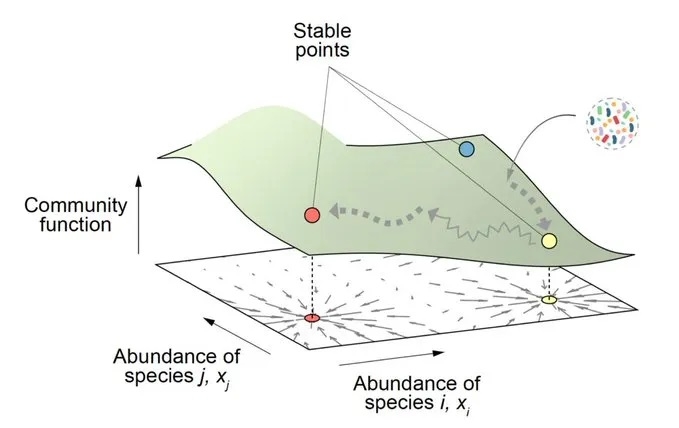How Do You Domesticate a Microbial Ecosystem? | Nature: Behind The Paper

A new study in Nature Ecology and Evolution can trace some of its roots back to MBL's 2019 Physical Biology of the Cell (PBoC) course.
For over 10,000 years humans have been using artificial selection to breed plants and animals with desirable traits. Just as there are tasks that can’t be carried out by an individual and depend on the collaboration of a team, there are desirable traits (or functions) not found within a single species but instead emerging from the collective action of a diverse community.
Two decades ago William Swenson and colleagues proposed that the functions of whole ecosystems could be improved using artificial selection techniques traditionally used in domestication. Since then a limited number of ‘artificial ecosystem selection’ experiments have been conducted in the lab using diverse microbiomes.

These experiments have selected for very different ecosystem-level traits, which include the induction of early flowering in plants, the degradation of water contaminants, and the ability to alter the development time of embryos. Despite the range of experimental strategies adopted, the success of these experiments has been modest at best, with the long-term effects of selection at the ecosystem level often dwarfed by short-term variability. Read more of the article here...
Source: How Do You Domesticate a Microbial Ecosystem? | Nature: Behind The Paper
Citation:
Chang, CY., Vila, J.C.C., Bender, M. et al. Engineering complex communities by directed evolution. Nat Ecol Evol (2021). doi.org/10.1038/s41559-021-01457-5